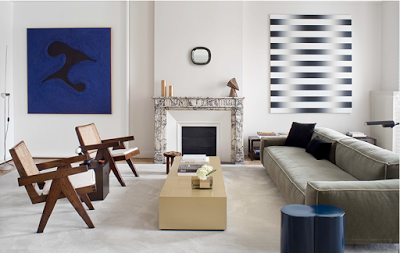Transitional design is like meeting traditional and modern interior design halfway. It integrates all the right elements of both styles. It’s a midpoint between traditional and contemporary styles. While Traditional Style can sometimes feel too inflexible and Modern Style too cold, a transitional design style balances harmoniously creating spaces that not only feel timeless but chic as well. Transitional living spaces are created by keeping furniture lines simple without extra ornamentation, more straight lines, using neutral tones and combining all with modern art. Neutral tones or neutral colors can go from varying shades of beige tones to a different range of greys but, that doesn’t mean that only earthy tones can be used. Colors derived from nature undertones can also fall in a similar category, such as greens and blues. The overall feeling in a transitional style room is harmonious, comfortable and it appeals to most people’s taste. It induces grace and rapport. In essence, this style of decorating creates cohesive spaces that stand the test of time. And who doesn’t want that? Transitional interiors can perfectly combine a feminine and masculine approach seamlessly making the style very appealing to a young family. Because it’s a style that is supposed to go into the future without any regret, the rooms stay away from too many accessories as well as trends. Keep scrolling down to see examples of transitional style living room design. As a Columbus based Interior Designer, I’m always looking for inspirations and decorating ideas.
A transitional living room designed by Stephane Parmentier. The Interior Designer used straight lines with more neutral color fabrics. The color palette in this living room is soothing but sophisticated. Pay attention to the placement of the art, and you notice a more refreshing way of symmetry. The chairs are by Pierre Jeanneret, an enduring French modern classic. Love this clean-lined room.

